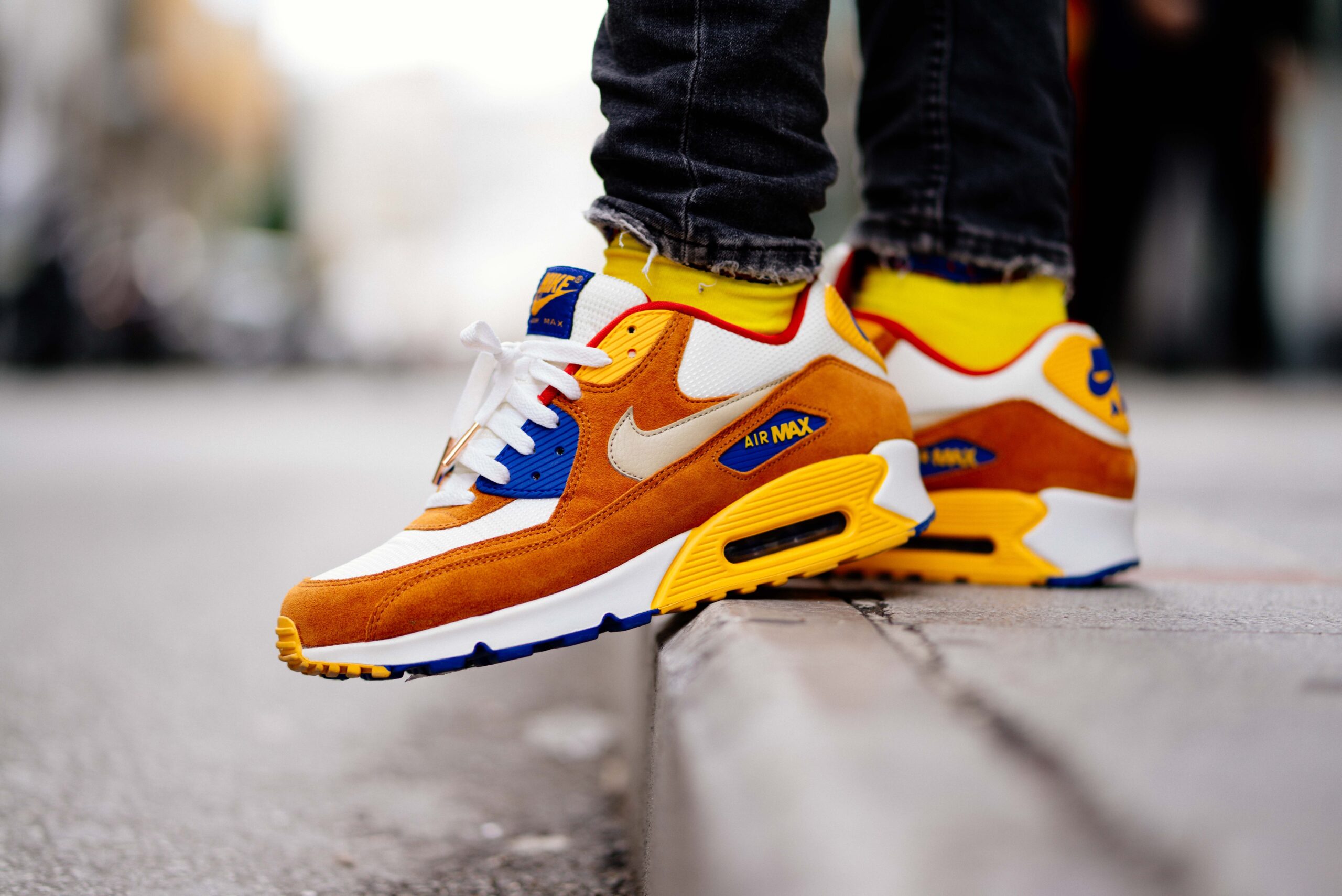Like gamers, sneakerheads constitute a passionate fan base. Much more than a passive audience, sneakerheads—who collect, trade, and/or develop an exhaustive knowledge of sneakers as a hobby—represent a culture that dates back decades. Sneakerhead culture can in fact be traced back to the 1980s, when the popularity of Michael Jordan and his line of Air Jordan shoes, as well as the explosion of hip hop music, made the idea of collecting shoes not only possible, but cool.
Sneakerhead culture overlaps with other cultures such as hip hop and fashion, making sneakerheads as an audience especially culturally relevant. Even if they are not your audience, understanding how brands court sneakerheads can be instructive to you. That’s because understanding the innovative ways brands have reached out to this group can inspire you as you reach out to your own market—and tap into a culture to make your brand more relevant.
Here are a few interesting and effective ways in which brands have recently reached out to sneakerhead culture:
Empowering Consumers to Be Retailers
In August 2019, Adidas announced a partnership with the social commerce app Storr. Storr, which allows consumers to open a store from their phone in three clicks, is now part of a campaign in which individuals who are part of the Adidas Creators Club can literally become “social sellers” of Adidas goods. The Creators Club membership program was launched in 2018 as a way for the most passionate Adidas fan base to enjoy early access to products and special events.
Now about 10,000 Creators Club members will have an opportunity to become sellers and share their love of Adidas product. Sellers will receive a six percent commission from each sale, with an option to donate to Girls on the Run, an Adidas partner organization dedicated to helping young women reach their full potential. Chris Murphy, Adidas’ senior director of digital activation, said to Fast Company, “If you think about where our consumers go to get advice or ideas, it’s their friends, it’s sneakerheads, it’s people in their social sphere already, so why not let those people sell on our behalf?”
Celebrating the Culture
Also in August, Foot Locker announced a “We Live Sneakers” digital campaign in conjunction with the launch of Nike’s “Evolution of the Swoosh” shoe and apparel collection. Content for “We Live Sneakers,” which rolled out online and on Foot Locker social platforms, is meant to resonate with die-hard sneaker fans of all ages. As Patrick Walsh, Foot Locker’s vice president of marketing, North America, explained to Total Retail, “We want to authentically connect with those who have made Foot Locker a part of their sneaker-obsessed journey. ‘We Live Sneakers’ is a glimpse at what it means to be a sneakerhead, and the ways in which it impacts the most meaningful moments of everyday life.”
The campaign underlines the fundamental respect Foot Locker holds for its sneaker fans. As Walsh notes, “Sneakerheads are . . . very well-informed consumers and have a variety of interests, including art, music, photography, sports, etc. . . . Foot Locker strives to be that intersection between sneakers and all of their other passion points, as well as serve and empower sneaker culture and all of its members.” By partnering with Nike, Foot Locker hopes to create a win/win scenario in which both brands attract attention and engagement.
Providing an Experience
This isn’t the first time Foot Locker and Nike have teamed up. In 2018, sneakerheads joined Foot Locker’s first “The Hunt” augmented reality (AR) scavenger hunt. Players ranged across Los Angeles, smartphones in hand, unlocking geo-targeted AR clues in a bid to be among the first to acquire Nike’s limited-edition LeBron 16 King “Court Purple” sneakers. The game, which involved the “collection” of objects in AR, and completion of three game levels, began at 11:00 p.m. local time after the end of the Los Angeles Lakers’s first home game of the NBA season. Completing all three game levels unlocked an access card to acquire the shoes. The treasure hunt, which imparted a fresh, fun vibe to the sneaker release, underscored a key role that an experience can play in the consumer process. As Ron Faris, GM of Nike’s NYC digital studio and the SNKRS app, shared with Highsnobiety, “For many of the most fanatical sneakerheads, how they cop the shoe is almost as important as the shoe itself.”
What Advertisers Should Do
The lessons here are clear. When reaching out to your ideal demographic, don’t forget to:
- Tap into a group’s passion and make it work for you—even as you empower individuals to benefit financially or, as in the case of the Girls on the Run donations, do good. It’s especially instructive that Adidas empowered sneakerheads to become social sellers. You don’t need to use a native app to do so; consider platforms such as Instagram depending on where your audience likes to hang out.
- Respect and celebrate your audience. Tell their story and connect with their passion points in authentic ways. When you do those things, you turn customers into loyal tribes.
- Leverage technology to provide an experience that will resonate along with your brand. The Foot Locker AR experience tapped into sneakerheads’ love of sports and play. Foot Locker did not apply AR just because it’s a cool technology; Foot Locker understood that AR when used as a game would engage sneakerheads specifically.
Contact True Interactive
Eager to make your brand more relevant with digital advertising? We can help.
Photo by Lefteris kallergis on Unsplash
